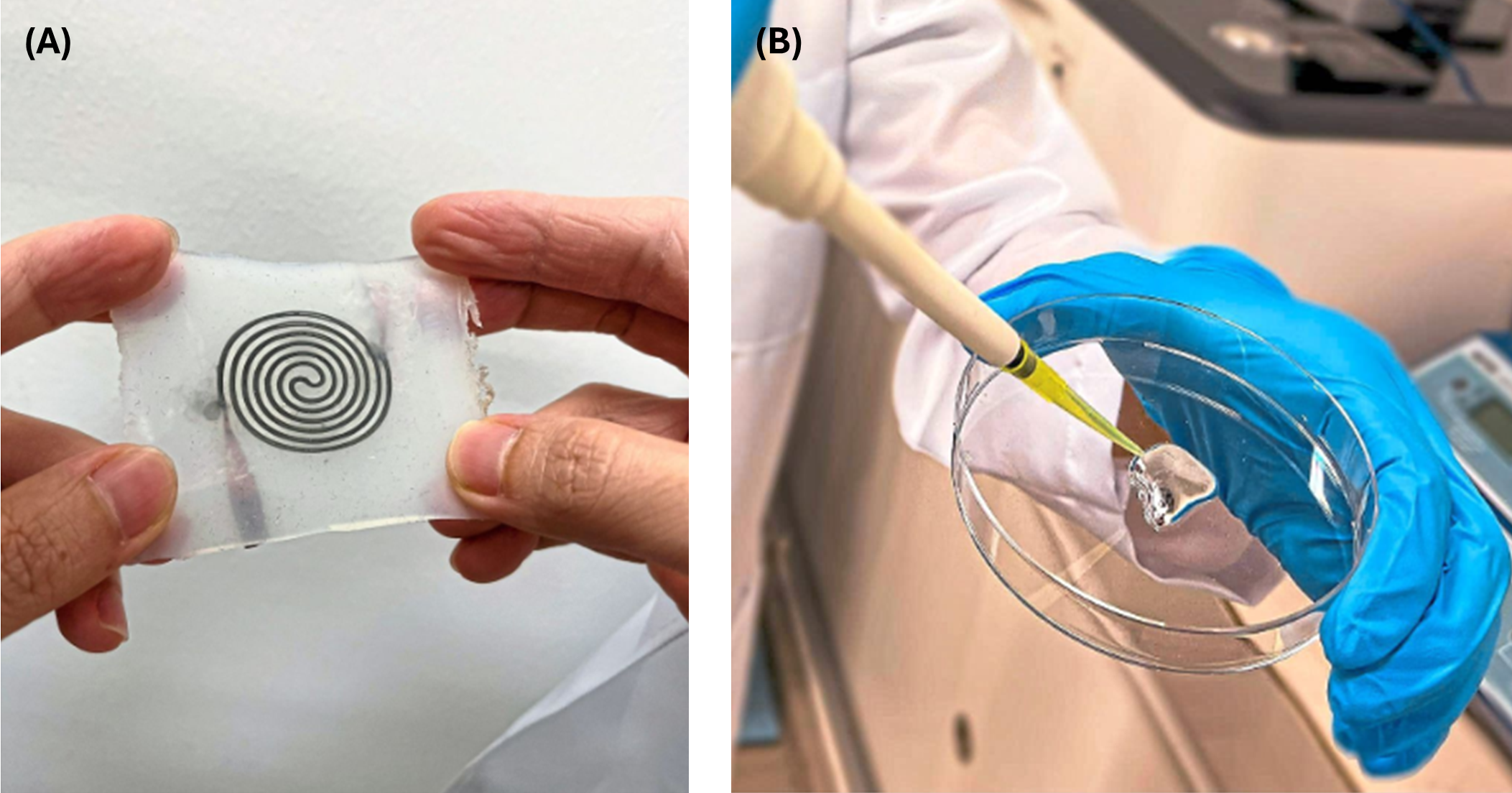Universiti Tunku Abdul Rahman (UTAR)

At Universiti Tunku Abdul Rahman (UTAR), researchers are pioneering innovative healthcare wearables using liquid metal (LM) technology to advance patient comfort and monitoring capabilities. Led by Dr. Chee Pei Song, an associate professor of mechatronics and biomedical engineering, the UTAR team is developing wearable devices that are more flexible, biocompatible, and responsive than conventional rigid wearables like smartwatches. Unlike traditional materials, LM-based technology offers unique properties ideal for biomedical devices, including flexibility, conductivity, and seamless integration with textiles, allowing for more comfortable and accurate health monitoring.
Gallium, a safe, silvery metal often likened to mercury, is a key component in these devices. When combined with indium, it forms an LM alloy that can be used in health-focused wearables, such as patches or shirts, that conform to the body. This development marks a significant step in creating "conformer wearables," which offer long-term comfort and improved patient experiences.
Dr. Chee’s team, in collaboration with China’s Northwestern Polytechnic University, is also working on an innovative "electronic skin" that includes an AI-powered feature for diagnosing heart disease. This electronic skin, designed as a breathable, stretchable film that fits comfortably on the skin, recently won the Gold Award at the 35th International Invention, Innovation, and Technology Competition in Malaysia. The electronic skin can measure various physiological signals, such as ECG, and relay data to connected devices like smartphones for real-time monitoring, making it a promising tool for home-based
care.
In addition to developing comfortable and accurate monitoring devices, UTAR researchers are tackling the challenge of powering these wearables sustainably. Traditional charging methods, such as cables, are impractical for continuous-use wearables. Instead, Dr. Chee’s team has designed a "tattoo" antenna using a gallium-indium alloy that can harvest energy
from WiFi signals. This allows the device to operate continuously while transmitting patient health data to monitoring devices.
UTAR’s LM research extends beyond healthcare into fields such as soft robotics, virtual reality, and entertainment. For instance, LM-augmented smart gloves could help the elderly or disabled by assisting movement, increasing strength, and providing sensory feedback. The flexibility of LM also enables more natural, muscle-like movements in robotics, advancing beyond traditional servo systems.
Wearable technology is gaining traction in Malaysia, with 65.5% of the population using it for health and fitness purposes, according to recent studies. This trend highlights a growing demand for comfortable and accurate healthcare wearables, especially as Malaysia’s aging population is projected to reach 15% by 2030. While LM-based wearables are currently more expensive than carbon or silver alternatives, UTAR researchers are optimistic that costs will decrease with further development, making these advanced health-monitoring solutions accessible to a broader population.
Through pioneering work in LM wearables, UTAR is positioning itself at the forefront of healthcare innovation, with potential impacts across medical, technological, and consumer health landscapes.